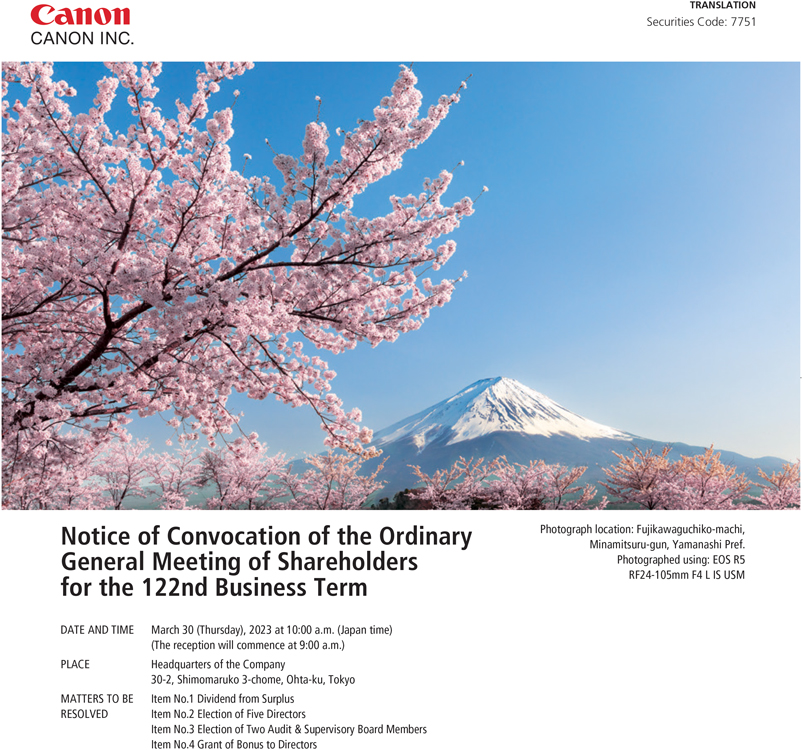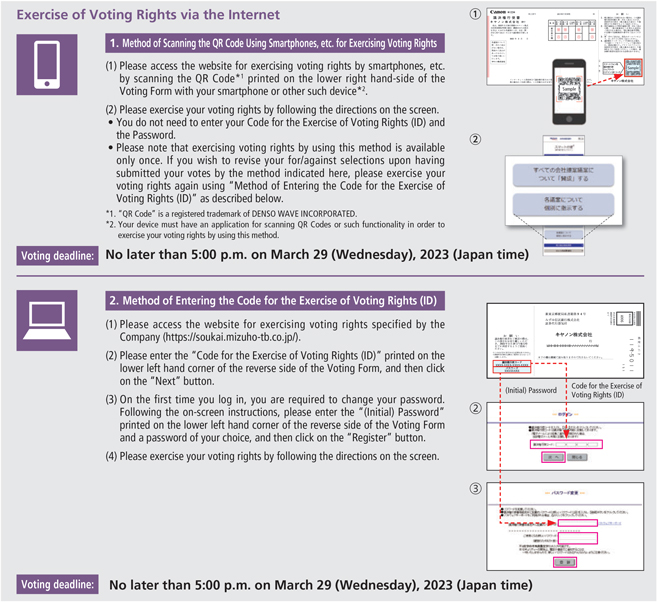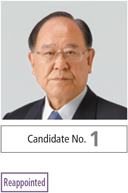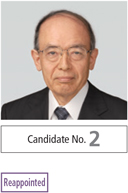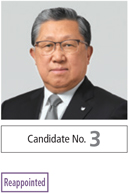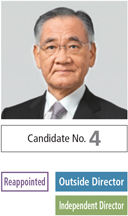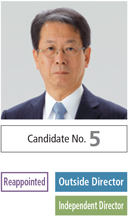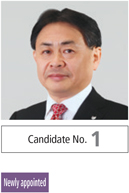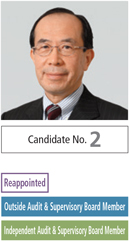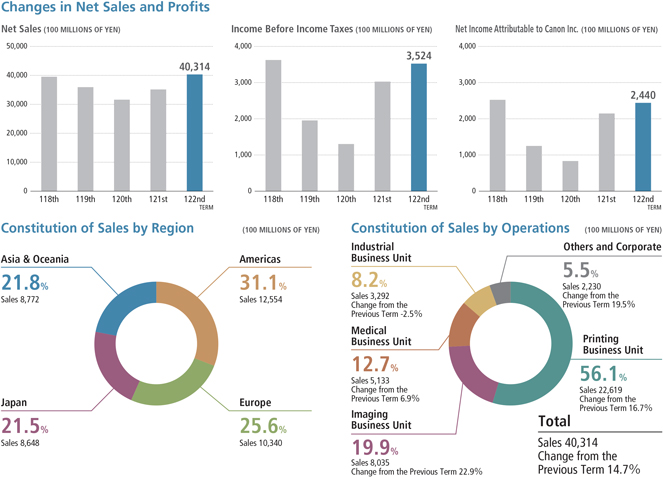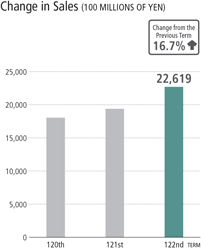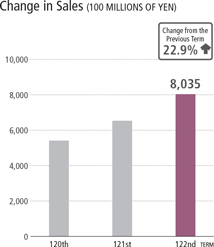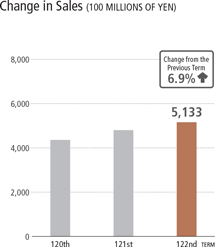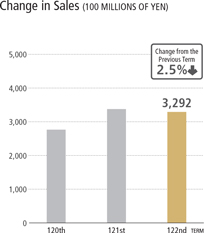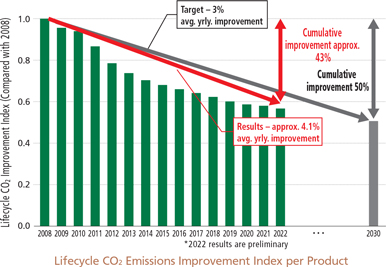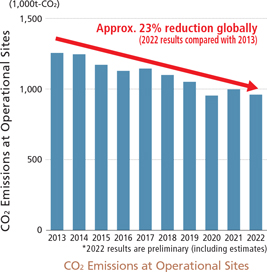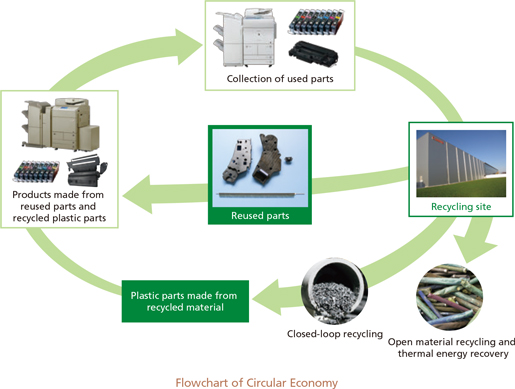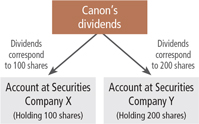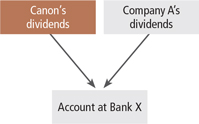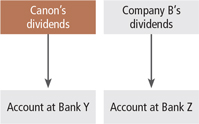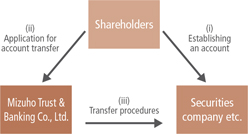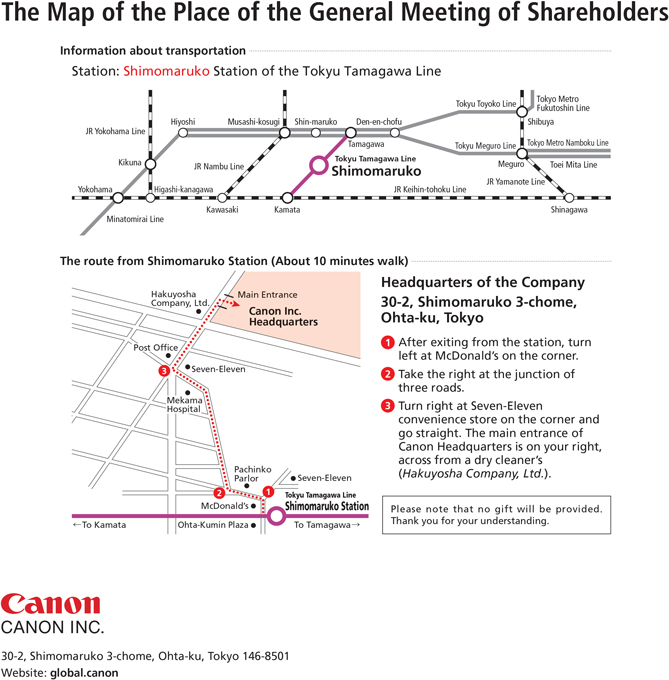<Notes for Changes in Accounting Policies>
Adoption of “Accounting Standard for Fair Value Measurement”
Canon has adopted the “Accounting Standard for Fair Value Measurement” (ASBJ Statement No. 30, July 4, 2019, hereinafter referred to as the “Fair Value Measurement Standard”) and other standards from the beginning of the current fiscal year, and in accordance with the transitional treatment set forth in Paragraph 19 of the Fair Value Measurement Standard and Paragraph 44-2 of the Accounting Standard for Financial Instruments (ASBJ Statement No. 10, July 4, 2019), the new accounting policies prescribed by the Fair Value Measurement Standard and other standards are applied prospectively, or have been applied prospectively at the beginning of the current period. The application of this standard has no impact on our financial statements.
<Notes to Changes in Method of Presentation>
Changes in presentation of revenue recognition
Canon has changed the notes to revenue recognition as it has adopted the “Accounting Standard for Revenue Recognition” (ASBJ Statement No. 29, March 31, 2020, hereinafter referred to as the “Revenue Recognition Standard”) and the “Implementation Guidance on Accounting Standard for Revenue Recognition” (ASBJ Guidance No. 30, March 26, 2021).
Changes in presentation of shares in affiliates and investments in affiliates Canon has changed the presentation of “Shares of affiliates companies and investments in affiliates companies,” which was presented in aggregate in prior year, and separately presented “Shares in subsidiaries and associates” and “Capital contribution in subsidiaries and associates” in the current year non-consolidated balance sheet due to increased significances. The prior year amounts are also reclassified to conform with the current year change.
<Notes to Accounting Estimates>
The following item is recorded based on the amount using accounting estimates which may have material impacts on the financial statements for the future periods.
Valuation of investments in subsidiaries for which fair value is not determinable.
1. Amount recorded on the balance sheet as of December 31, 2022.
Investments in affiliated companies 1,560, 635 million yen
(Of the reported amount, 1,470,371 million yen pertains to investments in subsidiaries for which fair value is not determinable.)
2. Other information that contributes to the understanding of the users of the Financial Statements with regard to the estimate.
The net asset value of subsidiaries for which it is difficult to determine its fair values is calculated by taking into account excess earning power, which is based on the financial statements and business plans of the subsidiaries. Excess earning power is measured mainly based on estimated future cash flows of the subsidiaries and estimated discount rates. Estimates of future cash flows are based primarily on projections of future growth rates. Discount rate estimates are primarily based on relevant market and industry data and the weighted average cost of capital, taking into account specific risk factors.
The net asset value of the subsidiary’s shares is not significantly lower than the acquisition cost, and the Company has determined that an impairment loss on the subsidiary’s shares is not necessary.
However, if future cash flows of the subsidiary decrease more than expected due to changes in the uncertain economic environment in the future, an impairment loss may be recognized, which may have a material impact on the financial statements for the following fiscal year.
Investment in a subsidiary, Canon Medical Systems Corporation (“CMSC”), represents a significant investment of the Company, and is recorded at 658,304 million yen in the current fiscal year financial statements. We estimated the future cash flows for CMSC based on a mid-term management plan developed by considering the expected market growth of medical equipment products and macro-economic growth of relevant regions.
<Notes to Deferred Income Tax>
Major Items of Deferred Tax Assets and Liabilities
| | | | | | |
| |
(Deferred tax assets) | | (Millions of yen) |
| | | | Accrued pension and severance cost | | 17,847 |
| | | | Shares in subsidiaries | | 7,309 |
| | | | Loss on valuation of inventories | | 1,997 |
| | | | Enterprise tax payable | | 1,179 |
| | | | Depreciation of fixed assets in excess of limit | | 14,246 |
| | | | Excess in amortization of software | | 5,592 |
| | | | Amortization of deferred charges in excess of limit | | 15,257 |
| | | | Other | | 11,188 |
| | | | Subtotal deferred tax assets | | 74,615 |
| | | | Valuation reserve | | (9,527) |
| | | | Total deferred tax assets | | 65,088 |
(Deferred tax liabilities) | | |
| | | | Reserve for deferral of capital gain on property | | (1,465) |
| | | | Other | | (3,554) |
| | | | Total deferred tax liabilities | | (5,019) |
| | | | Net deferred tax assets | | 60,069 |
| | |
(Note) | | Application of Tax Effect Accounting for the transition from the consolidated corporate-tax system to the group tax sharing system. |
| | In regard to the transition to the group tax sharing system created in the “Act for Partial Amendment of the Income Tax Act, etc.” (Act No.8 of 2020) and accounting items for which the single-entity taxation system was revised in line with the transition to the group tax sharing system, the amounts of deferred tax assets and deferred tax liabilities are based on the provisions of the laws on taxation prior to amendment, and the provisions of Paragraph 44 of the “Guidance on Accounting Standard for Tax Effect Accounting” (Accounting Standards Board of Japan Guidance No.28 of February 16, 2018) have not been applied, in accordance with the treatment provided for in Paragraph 3 of “Treatment of Tax Effect Accounting for the Transition from the Consolidated Taxation System to the Group Tax Sharing System” (ASBJ Practical Issues Task Force (“PITF”) No.39 of March 31, 2020). |
